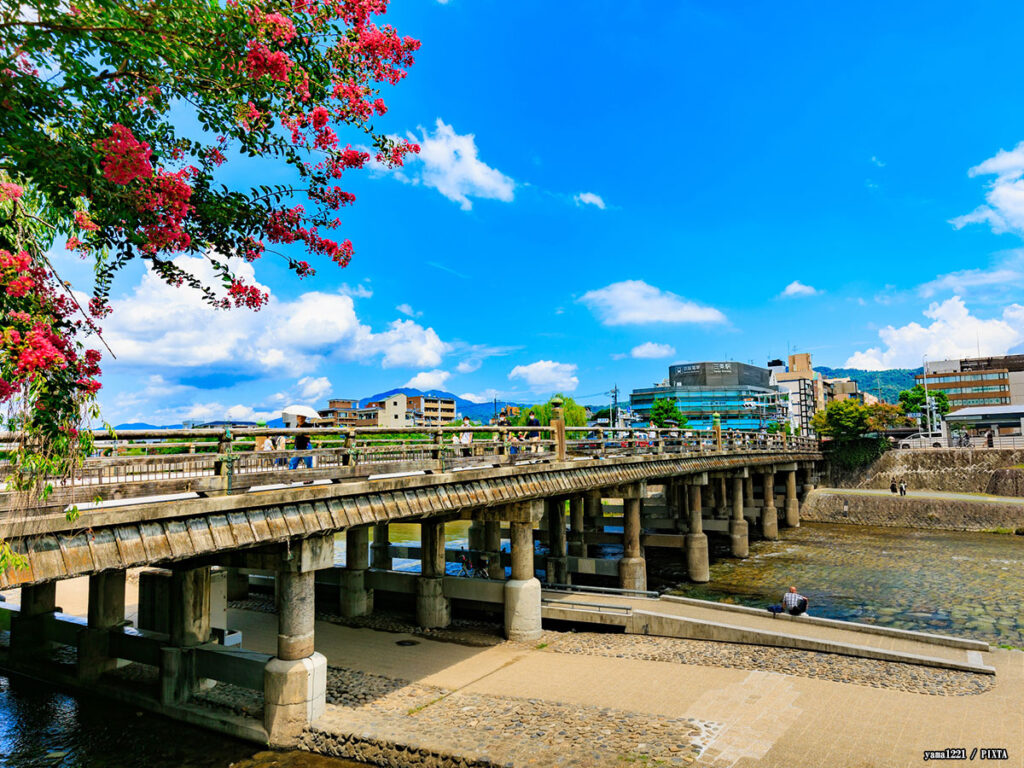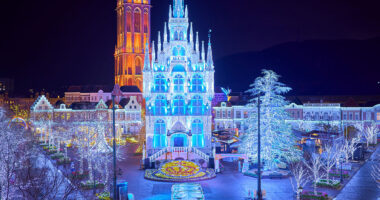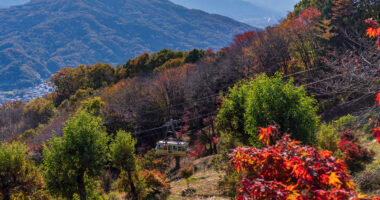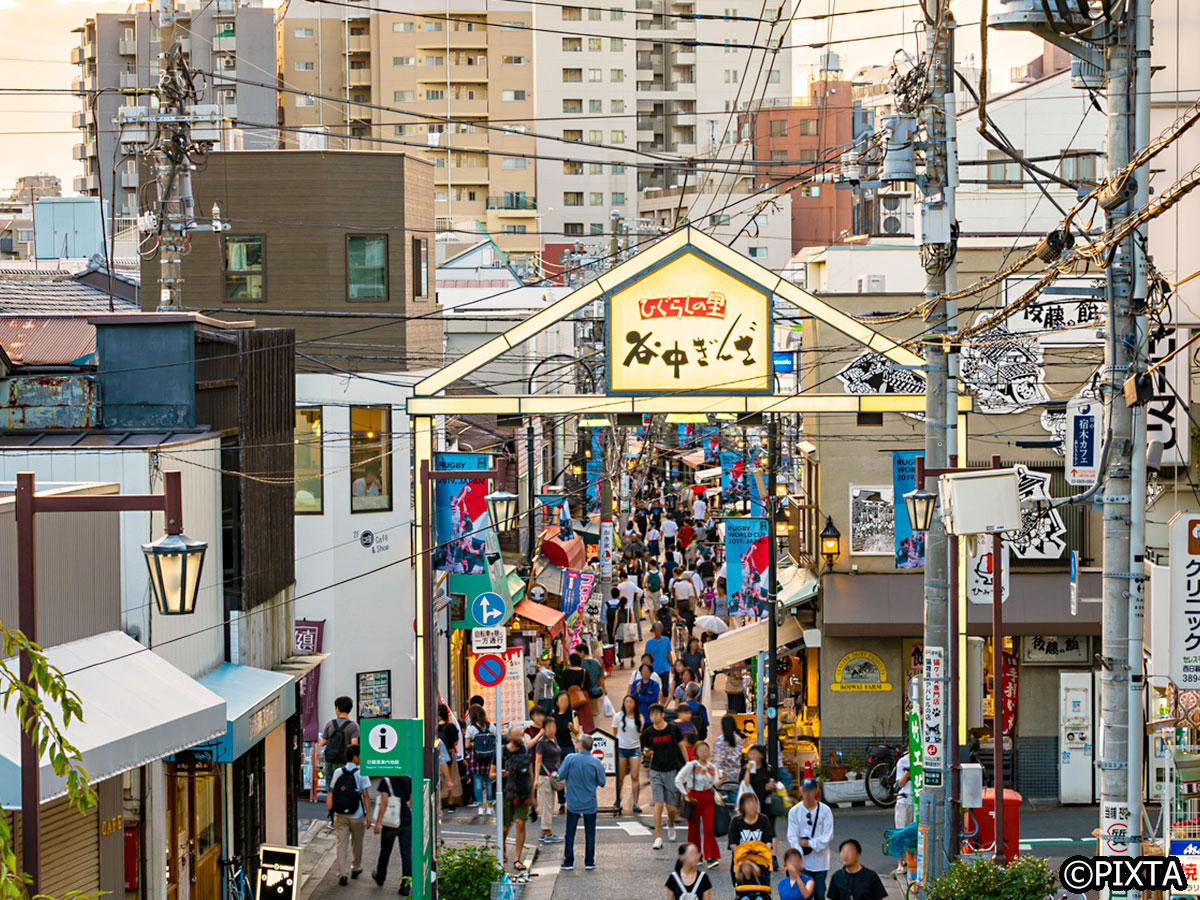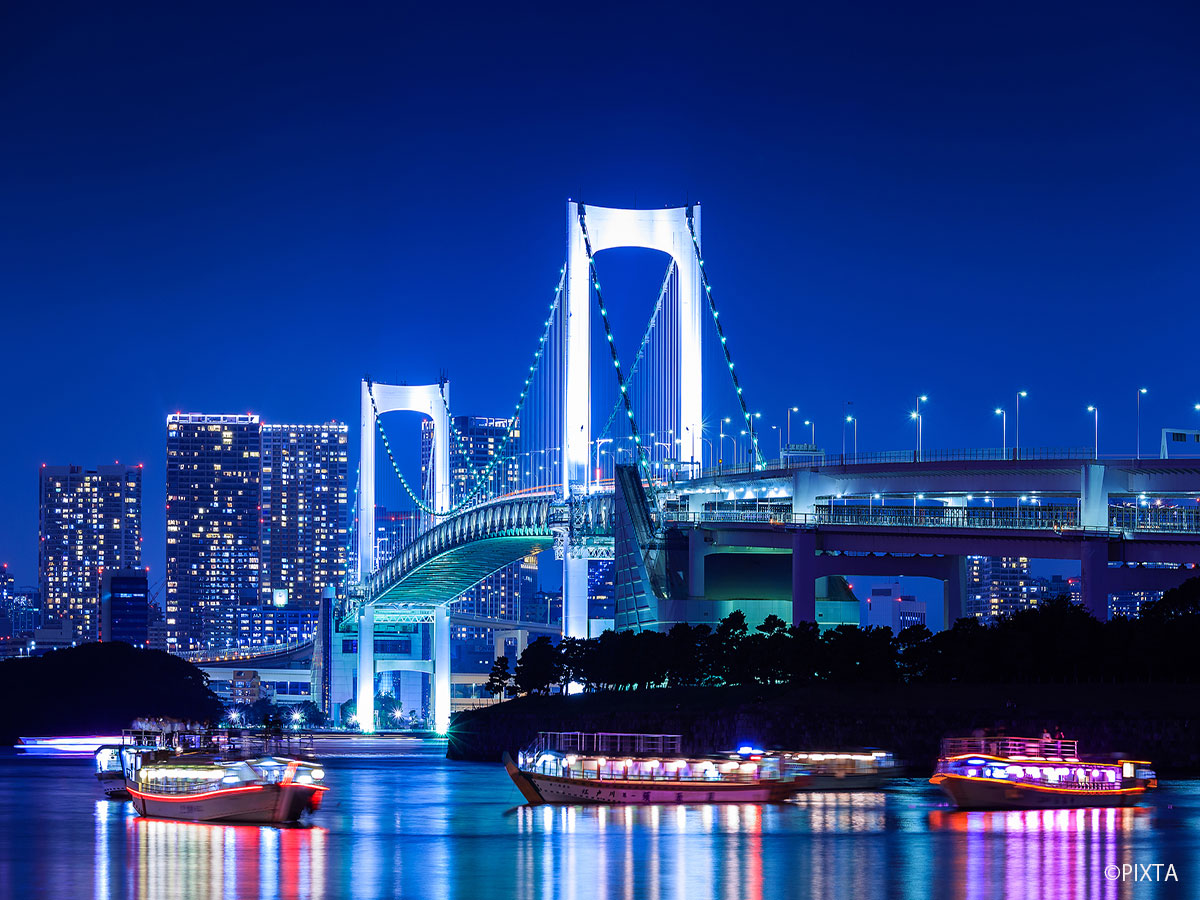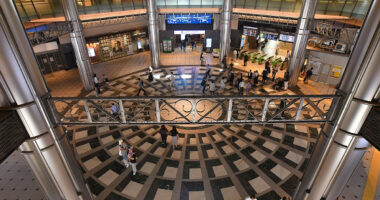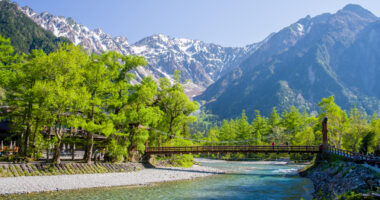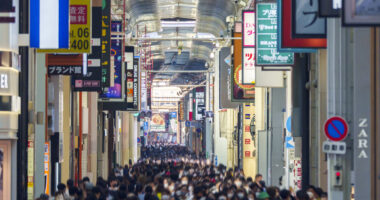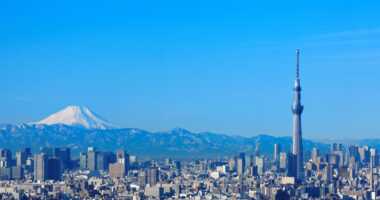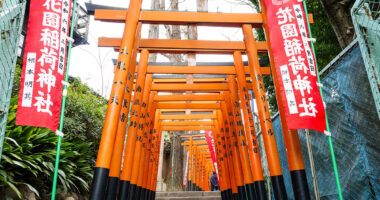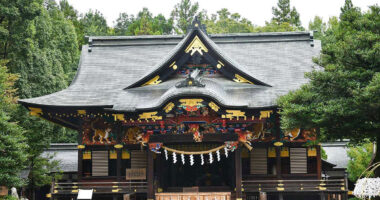- The historical pathways of Ninenzaka and Sannenzaka
- Architectural harmony: the essence of machiya
- Cultural significance and festivals: the heartbeat of Kyoto
- Natural beauty interwoven with urban landscapes
- Nature-infused strolls in Kyoto’s old town
- Kyoto’s timeless allure: a city that lives and breathes history
Kyoto is a city that feels alive with the past. The sound of wooden sandals clacking against stone-paved paths, the sight of paper lanterns glowing outside tea houses, and the aroma of freshly whisked matcha all create an unmistakably Kyoto atmosphere. While modernity has touched many parts of Japan, Kyoto’s old streets remain beautifully preserved, offering visitors an experience that blends history with tradition.
At the heart of this charm are Ninenzaka Sannenzaka, two historic streets that have retained their Edo-period aesthetics. These gently sloping alleys, lined with traditional wooden buildings, lead toward the breathtaking Kiyomizu-dera Temple. Kyoto’s beauty is in its sights and the feeling of stepping into another time. Strolling through these lanes, visitors will find tea houses, artisanal shops, and glimpses of the city’s rich past, making them essential stops for those wanting to explore Kyoto’s old town.
However, Kyoto’s appeal isn’t just about its architecture. The city’s festivals, seasonal landscapes, and centuries-old customs make its old streets feel vibrant and ever-changing. During the summer months, locals gather on the roads for the Gion Matsuri, while in autumn, fiery red maple leaves drape over shrines and temples, creating postcard-perfect scenes. Old Town is not just a historical relic but a living, breathing part of Japan’s culture.
This article will explore what makes Kyoto’s cityscapes so captivating. From the Ninenzaka Sannenzaka Walking Guide to the intricate craftsmanship of machiya townhouses, each element plays a role in shaping Kyoto’s identity. Whether you’re visiting for the first time or returning to soak in its charm once more, understanding these details will deepen your appreciation of this remarkable city.
The historical pathways of Ninenzaka and Sannenzaka
Tucked away in Kyoto’s Higashiyama district, the Ninenzaka Sannenzaka Walking Guide takes visitors on a journey through time. These historic stone-paved pathways, among Kyoto’s most picturesque old streets, have remained beautifully preserved, offering an authentic glimpse into the city’s past. Winding gently toward Kiyomizu-dera Temple, a UNESCO World Heritage Site, they form a route once taken by merchants, pilgrims, and locals alike. Today, they serve as both a passageway and an attraction in their own right, inviting visitors to experience Kyoto’s old-world charm.
A name steeped in legend
The names Ninenzaka (Two-Year Hill) and Sannenzaka (Three-Year Hill) carry an air of mystery, with legends that have been passed down through generations. According to folklore, stumbling on these ancient stone steps is said to bring misfortune within two or three years. While this superstition may have originated as a playful warning to tread carefully, it has since become part of Kyoto’s many enduring traditions. Even today, many visitors walk these slopes with mindful steps, adding to the reverence that surrounds them.
An architectural time capsule
As you make your way through Ninenzaka Sannenzaka Walking Guide, it’s impossible to ignore the machiya townhouses lining the streets. These traditional wooden buildings, characterized by their latticed facades and deep interiors, have stood the test of time. Many have been transformed into charming tea houses, souvenir shops, and boutique inns, ensuring that the streets remain as lively as they were centuries ago.
Walking these old streets of Kyoto, visitors will find an array of specialty stores selling handmade ceramics, finely crafted fans, and delicate wagashi (Japanese sweets). The aroma of matcha drifts from tea shops, where you can pause to sip a bowl of freshly whisked green tea while admiring the historic surroundings.
A walk that leads to Kyoto’s iconic landmarks
The journey through Ninenzaka and Sannenzaka is not just about the streets themselves—it’s about where they lead. As you follow the winding slopes upward, you’ll soon arrive at Kiyomizu-dera Temple, one of Kyoto’s most treasured landmarks. With its grand wooden stage overlooking a sea of trees, this temple is particularly breathtaking during the cherry blossom and autumn foliage seasons. Beyond Kiyomizu-dera, the surrounding Higashiyama area offers even more historical gems, from Yasaka Pagoda, standing gracefully against the skyline, to smaller hidden shrines tucked into side alleys. Every turn in this district holds a new story, making it a must-visit part of Kyoto’s old town.
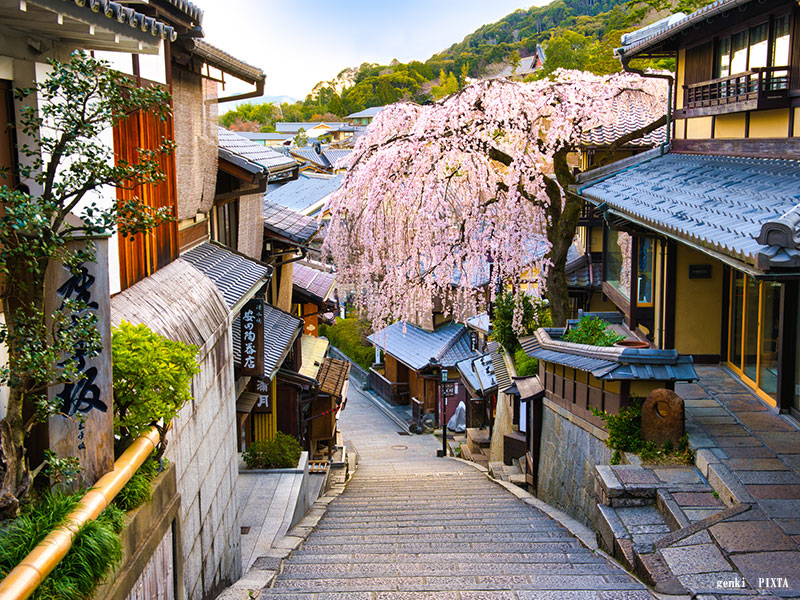
Photo for illustrative purposes
Architectural harmony: the essence of machiya
A defining feature of Kyoto’s old town is the presence of machiya, traditional wooden townhouses that date back centuries. These elegant structures were historically home to merchants and artisans, designed with a unique layout that balances practicality with aesthetic beauty.
The architecture of machiya is characterized by narrow facades and deep interiors, often featuring koshi (wooden lattices) that allow for privacy while permitting light and airflow. Many machiya also include a tsuboniwa (small courtyard garden), offering a pocket of tranquility amid the bustling city.
In recent years, many of Kyoto’s machiya have been transformed into stylish cafés, ryokan (traditional inns), and boutique shops, ensuring that their historical charm is preserved while allowing modern visitors to experience Kyoto’s timeless beauty. Exploring a converted machiya café is a must, as it provides a glimpse into the delicate craftsmanship and serene ambiance of Kyoto’s traditional homes.
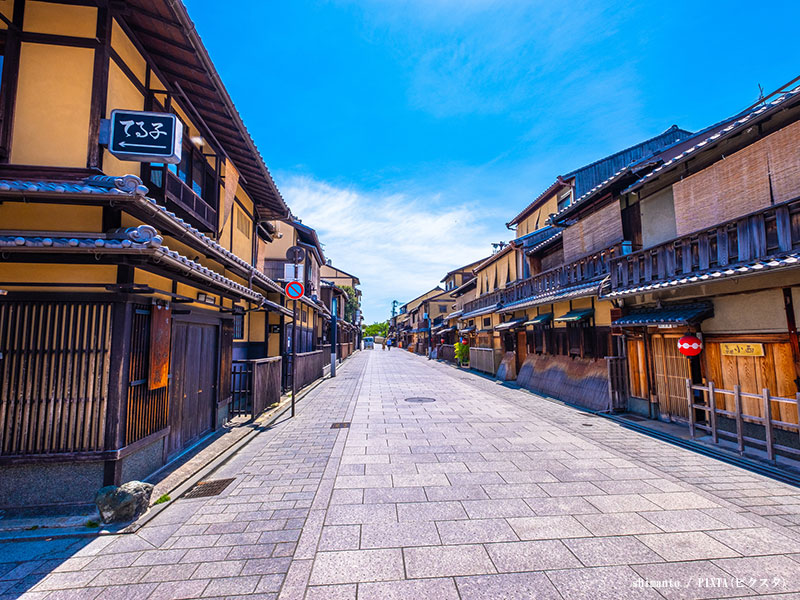
Photo for illustrative purposes
Cultural significance and festivals: the heartbeat of Kyoto
Kyoto’s beauty is not just about its historic streets and timeless architecture—it is a city that thrives on its cultural traditions. Throughout the year, festivals breathe life into Kyoto’s old town, transforming its scenic streets into stages for processions, performances, and celebrations that have been passed down for centuries. Whether it’s the grandeur of Gion Matsuri or the elegance of Aoi Matsuri, these events are more than just spectacles—they are living expressions of Kyoto’s enduring cultural spirit.
Gion Matsuri: Kyoto’s most spectacular festival
If you visit Kyoto in July, you’ll witness one of Japan’s most famous and elaborate festivals: Gion Matsuri. Dating back over a thousand years, this month-long celebration is deeply rooted in Kyoto’s Shinto traditions and is known for its magnificent yamaboko floats, some towering as high as 25 meters. These floats, adorned with intricate tapestries and lanterns, are pulled through the old streets of Kyoto, accompanied by the rhythmic beats of taiko drums and the melodies of traditional flutes.
The Yamaboko Junko procession on July 17 and 24 is the festival’s highlight, where these massive floats glide through the city in a grand display of craftsmanship and heritage. As evening falls, the streets are illuminated by paper lanterns, and locals in yukata (summer kimono) fill the lanes, enjoying festival food like takoyaki (octopus balls), kakigōri (shaved ice) and yakisoba. Experiencing Gion Matsuri is an opportunity to see Kyoto’s old town at its liveliest, where history, tradition, and community blend seamlessly.
Other must-see festivals in Kyoto
While Gion Matsuri is the most well-known, Kyoto’s festival calendar is rich with events that showcase the city’s deep cultural roots.
- Aoi Matsuri (May 15): This elegant festival, dating back to the Heian period, features a grand imperial procession of participants dressed in exquisite court attire. The parade moves from the Kyoto Imperial Palace to the Kamigamo Shrine, offering a glimpse into Kyoto’s aristocratic past.
- Jidai Matsuri (October 22): Translating to “Festival of the Ages,” this parade celebrates Kyoto’s history, with participants dressed in elaborate costumes representing various eras, from samurai warriors to Meiji-era officials.
- Setsubun at Yasaka Shrine (around early February): A festival that marks the beginning of spring, where geisha from Gion perform traditional dances and throw lucky beans to ward off evil spirits.
Each festival offers a unique experience, connecting visitors with Kyoto’s traditions in a way that simply strolling through the old streets of Kyoto cannot. Whether watching an ancient procession or participating in local rituals, these events provide a deeper understanding of the customs that continue to shape Kyoto today.
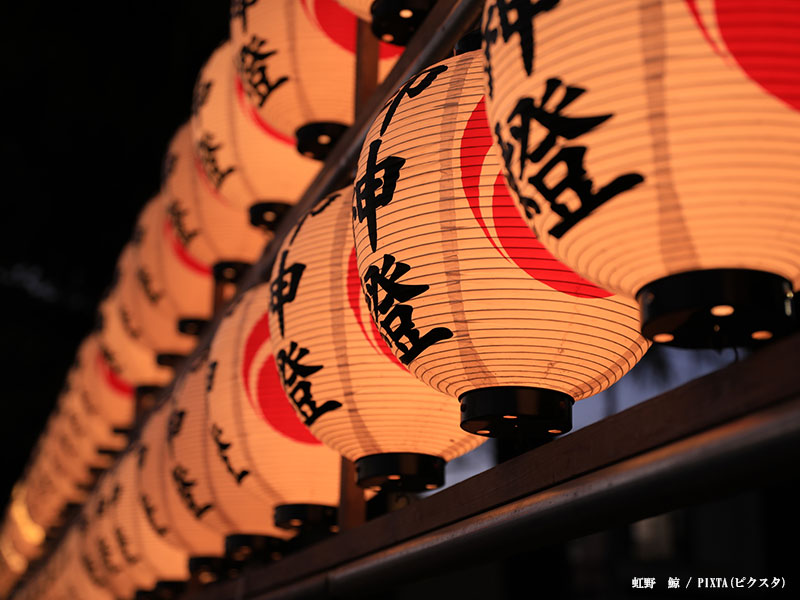
Photo for illustrative purposes
Natural beauty interwoven with urban landscapes
One of the most remarkable aspects of Kyoto is how seamlessly it blends nature with its historic urban landscape. Unlike modern cities dominated by skyscrapers, Kyoto remains in harmony with its surroundings, nestled between mountains and interwoven with rivers, gardens, and seasonal foliage. This balance between nature and architecture is a defining feature of Kyoto’s old town, creating scenery that shifts beautifully throughout the year.
A city shaped by the seasons
Kyoto’s natural beauty is never static. Every season paints the city in a different palette, transforming the atmosphere of its old streets and temple gardens.
- Spring: Kyoto bursts into color as sakura (cherry blossoms) bloom across the city. One of the most famous spots to experience this is the Philosopher’s Path, a tranquil canal-side walkway lined with hundreds of cherry trees. As the petals fall, they create a pink-hued dreamscape, making it a favorite for visitors and photographers alike.
- Summer: Lush greenery takes over, providing a cool contrast to Kyoto’s wooden architecture. This is the perfect time to enjoy kawadoko dining, where restaurants along the Kamo River set up platforms over the water to offer a refreshing dining experience.
- Autumn: The city is ablaze with fiery red and golden momiji (maple) leaves, particularly around Tofuku-ji Temple and Eikando Temple, where the reflection of the vibrant foliage in temple ponds creates breathtaking views.
- Winter: A quiet calm descends on Kyoto as light snow dusts the rooftops of Kinkaku-ji (Golden Pavilion) and Ryōan-ji Temple, turning them into postcard-perfect winter scenes. The crisp air and fewer crowds make this an ideal time to appreciate Kyoto’s serenity.
No matter the time of year, Kyoto’s landscapes work in harmony with its old town, ensuring that every visit offers a different but equally captivating experience.
Nature-infused strolls in Kyoto’s old town
For those looking to immerse themselves in Kyoto’s natural beauty while exploring its historic streets, there are several must-visit spots where nature and tradition coexist.
- Philosopher’s Path: A peaceful 2-kilometer trail that follows a cherry tree-lined canal, perfect for a reflective stroll during spring and autumn.
- Maruyama Park: Located near Yasaka Shrine, this park is a popular spot for hanami (flower viewing) and features Kyoto’s most famous weeping cherry tree.
- Arashiyama Bamboo Grove: Though slightly outside the central old town, this towering bamboo forest offers a surreal escape, where the rustling bamboo creates a soothing natural symphony.
- Kamogawa Riverside: A scenic stretch along the Kamo River, ideal for a leisurely walk or a riverside picnic with views of Kyoto’s mountains in the distance.
These areas highlight how Kyoto’s beauty is not just about its historic buildings but also the way it incorporates nature into daily life. Whether walking under a canopy of cherry blossoms or gazing at temple gardens framed by fiery maple leaves, Kyoto’s landscapes make its old streets feel even more magical.
Kyoto’s timeless allure: a city that lives and breathes history
Kyoto’s cityscapes are more than just visually stunning—they reflect centuries-old traditions, architectural mastery, and a deep reverence for nature. Walking through Ninenzaka and Sannenzaka, visitors step into a living history, where stone pathways lead to ancient temples and traditional machiya townhouses stand as reminders of Kyoto’s merchant past. The city’s dedication to preserving its cultural heritage is evident in its well-preserved streets and the vibrant festivals that bring history to life.
Beyond its structures, Kyoto’s seamless blend of urban design and natural beauty creates a landscape that transforms with the seasons, making every visit a unique experience. Whether admiring cherry blossoms along the Philosopher’s Path, feeling the energy of Gion Matsuri, or simply enjoying a quiet moment in a hidden garden, Kyoto invites travelers to connect with its past and present in a way few cities can.
At Umami bites, we are passionate about sharing the essence of Japan’s culture, flavors, and traditions. Let us be your trusted guide as you explore the enchanting streets of Kyoto, ensuring every moment of your journey is filled with discovery, authenticity, and unforgettable memories.
